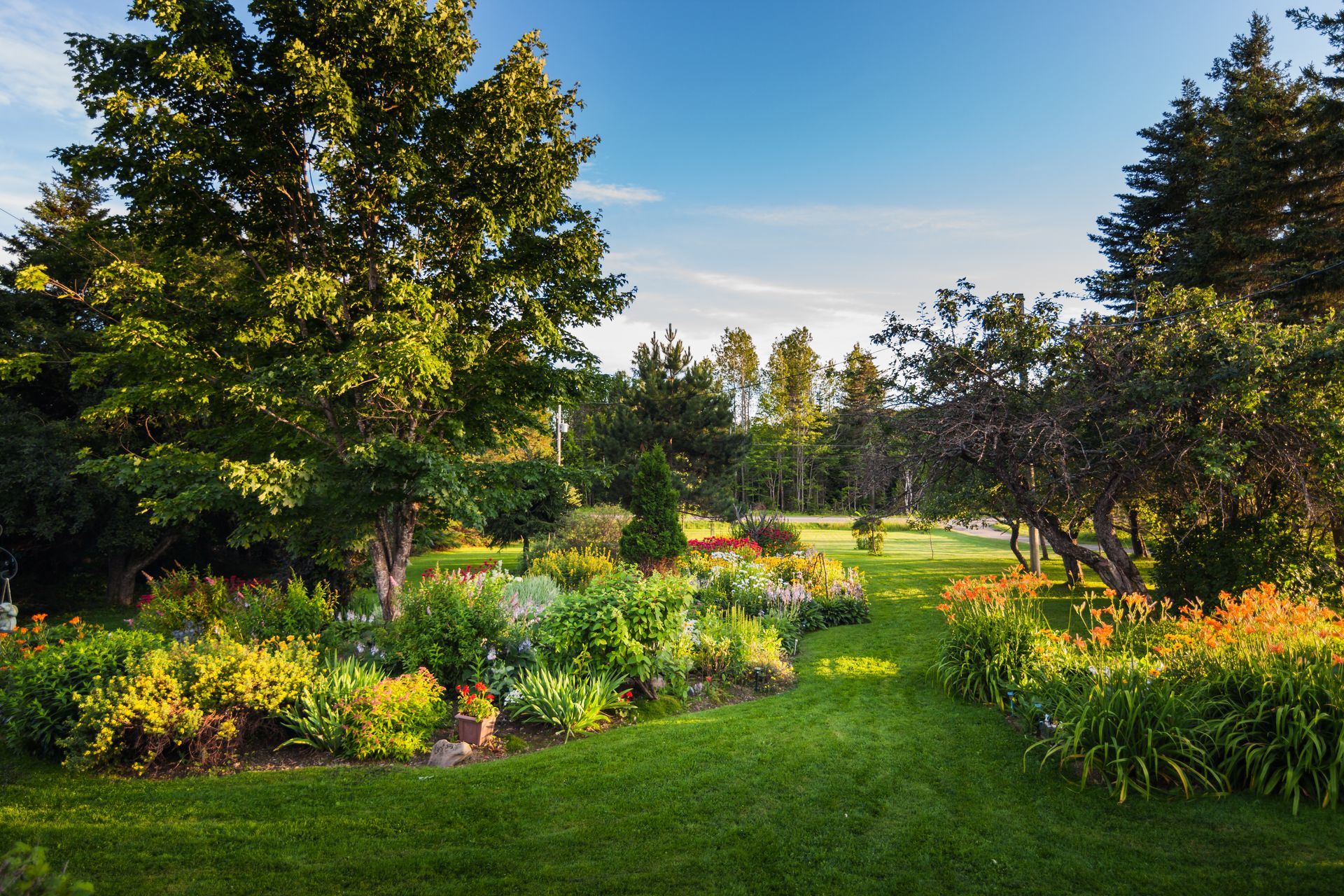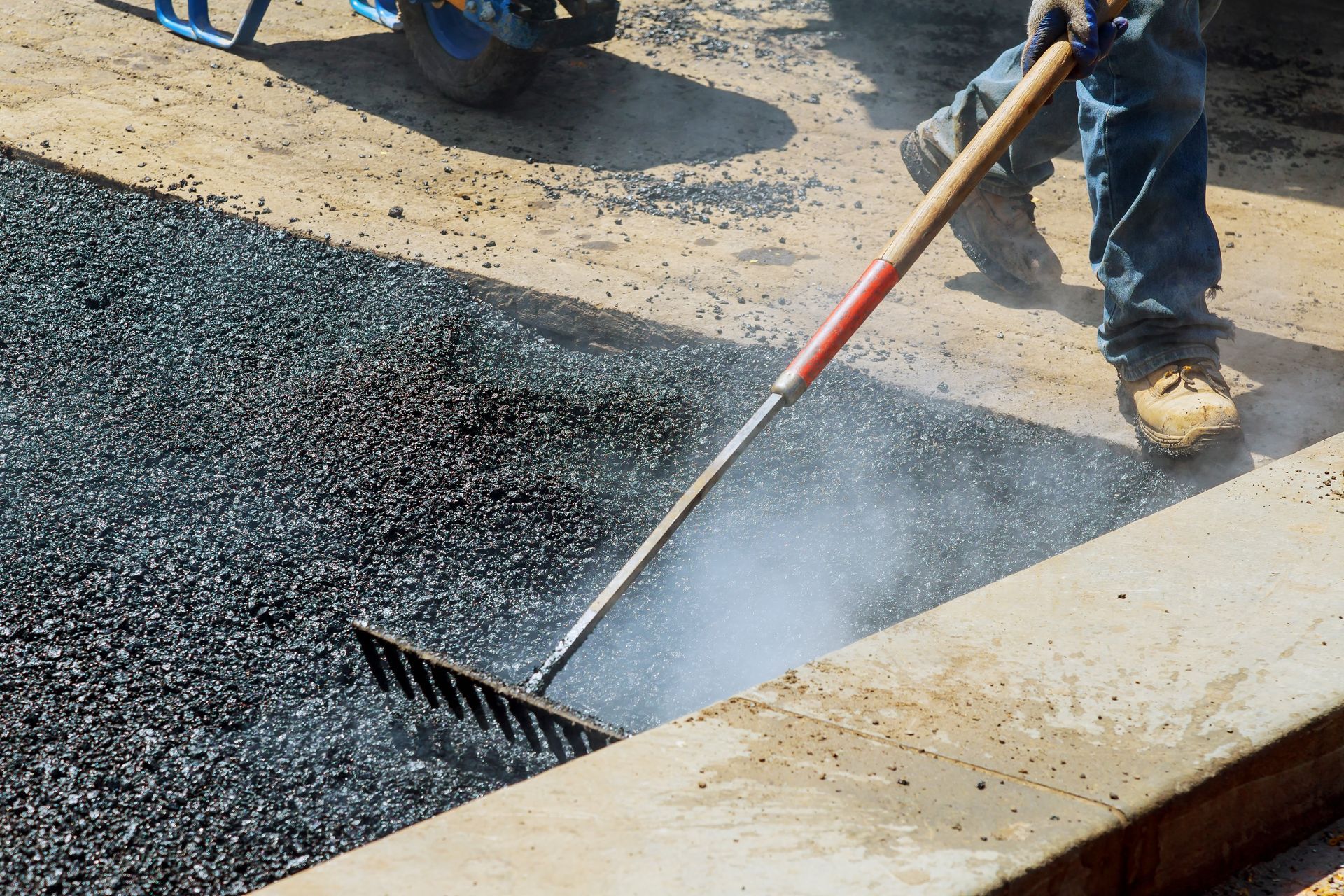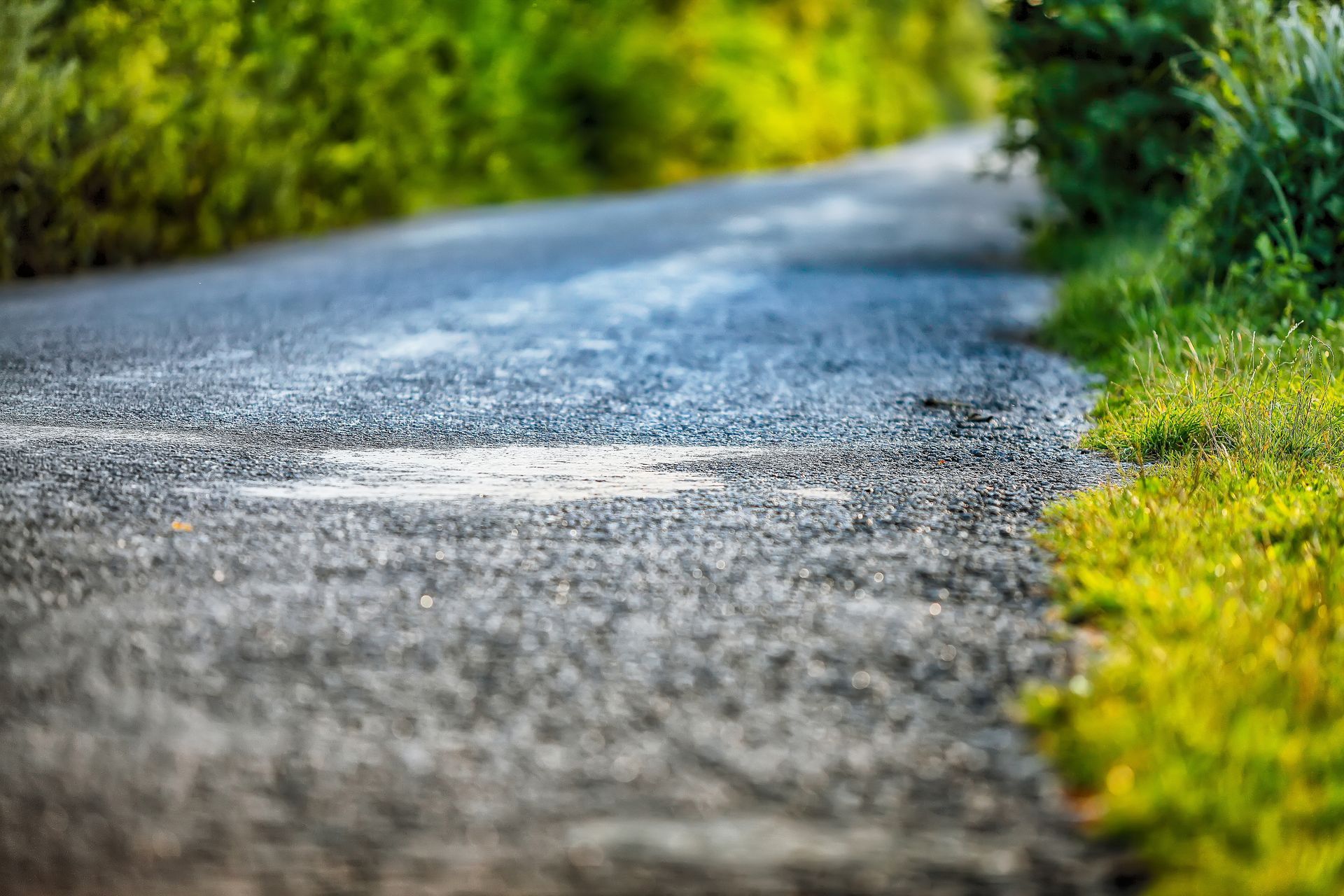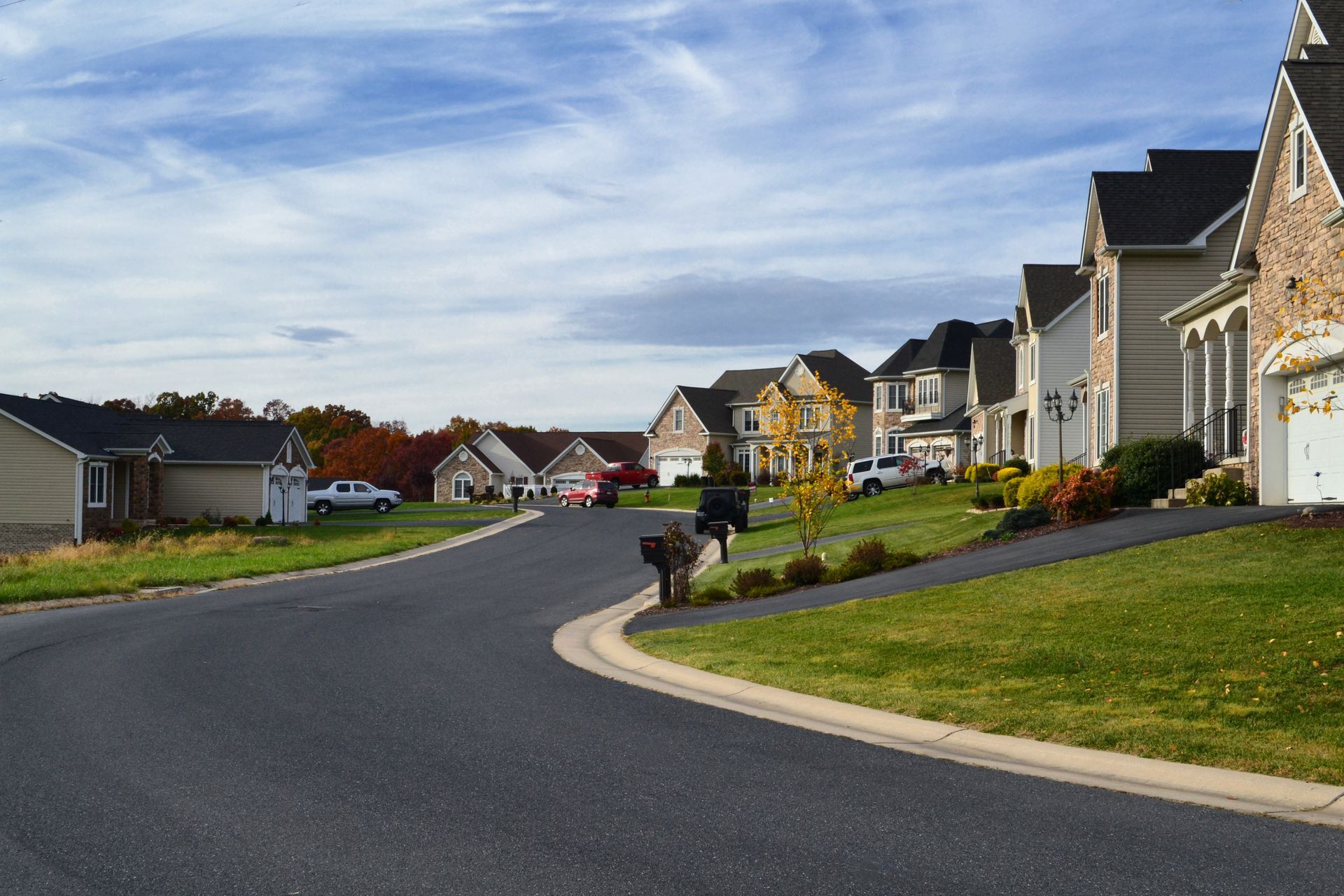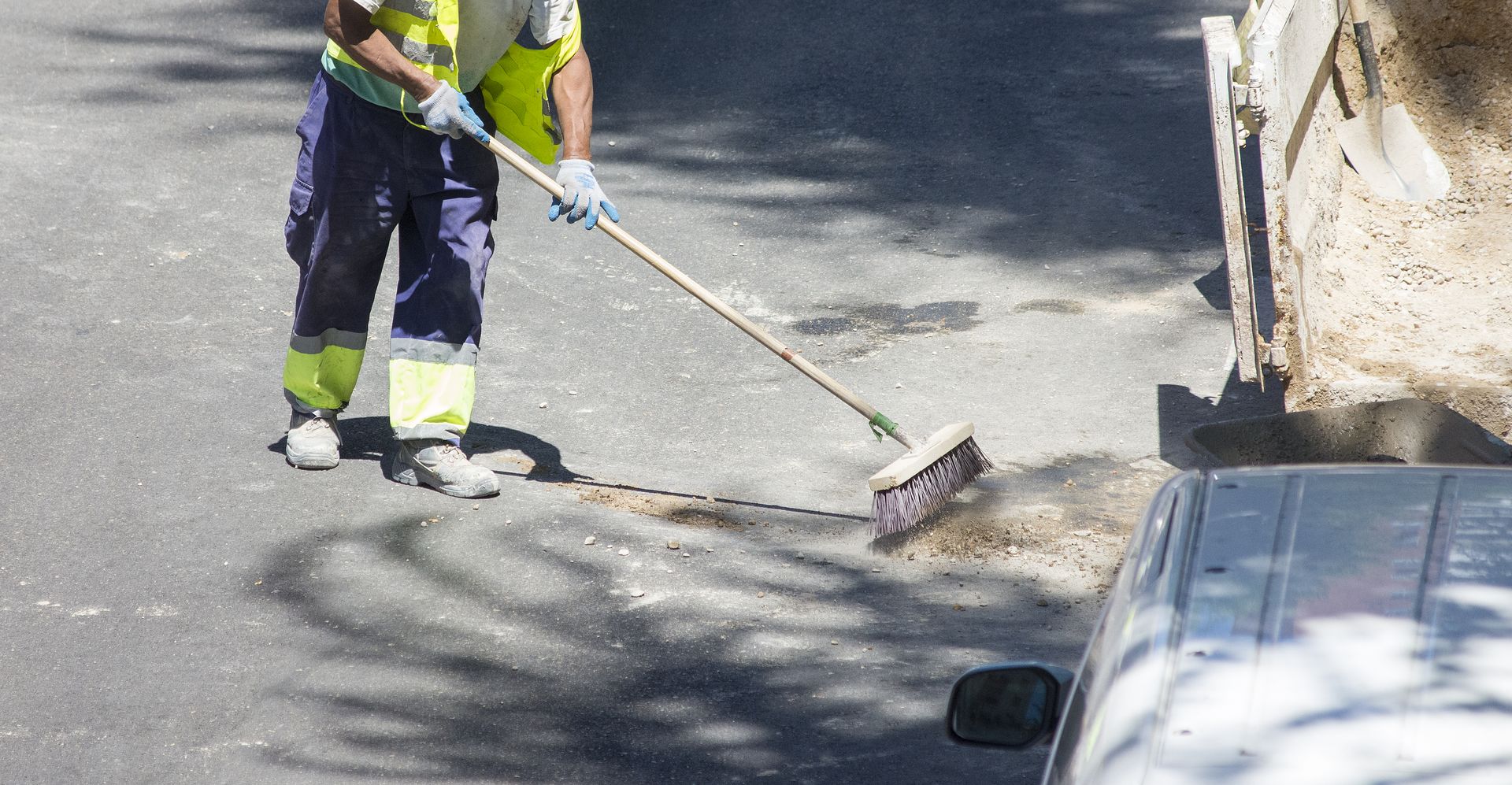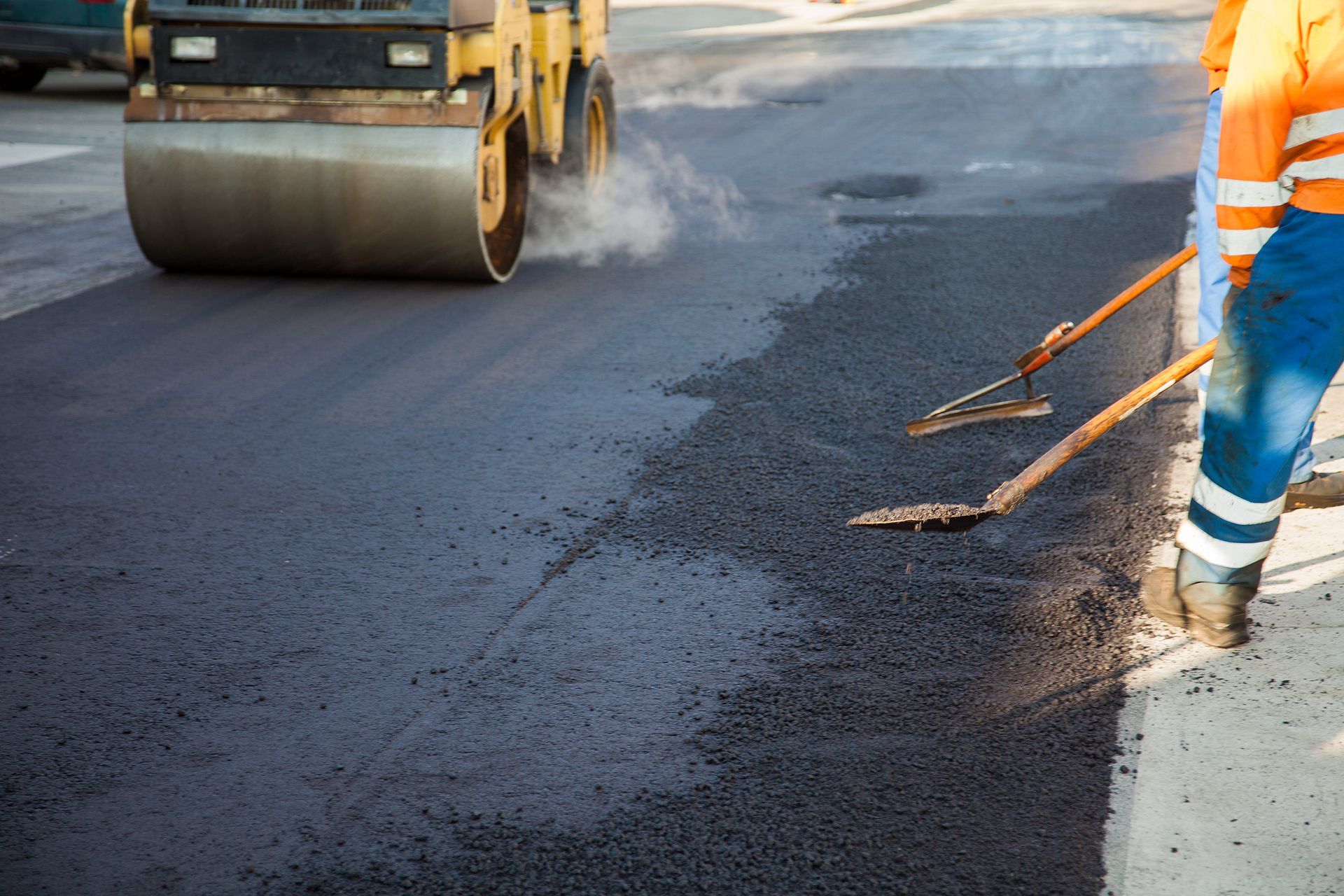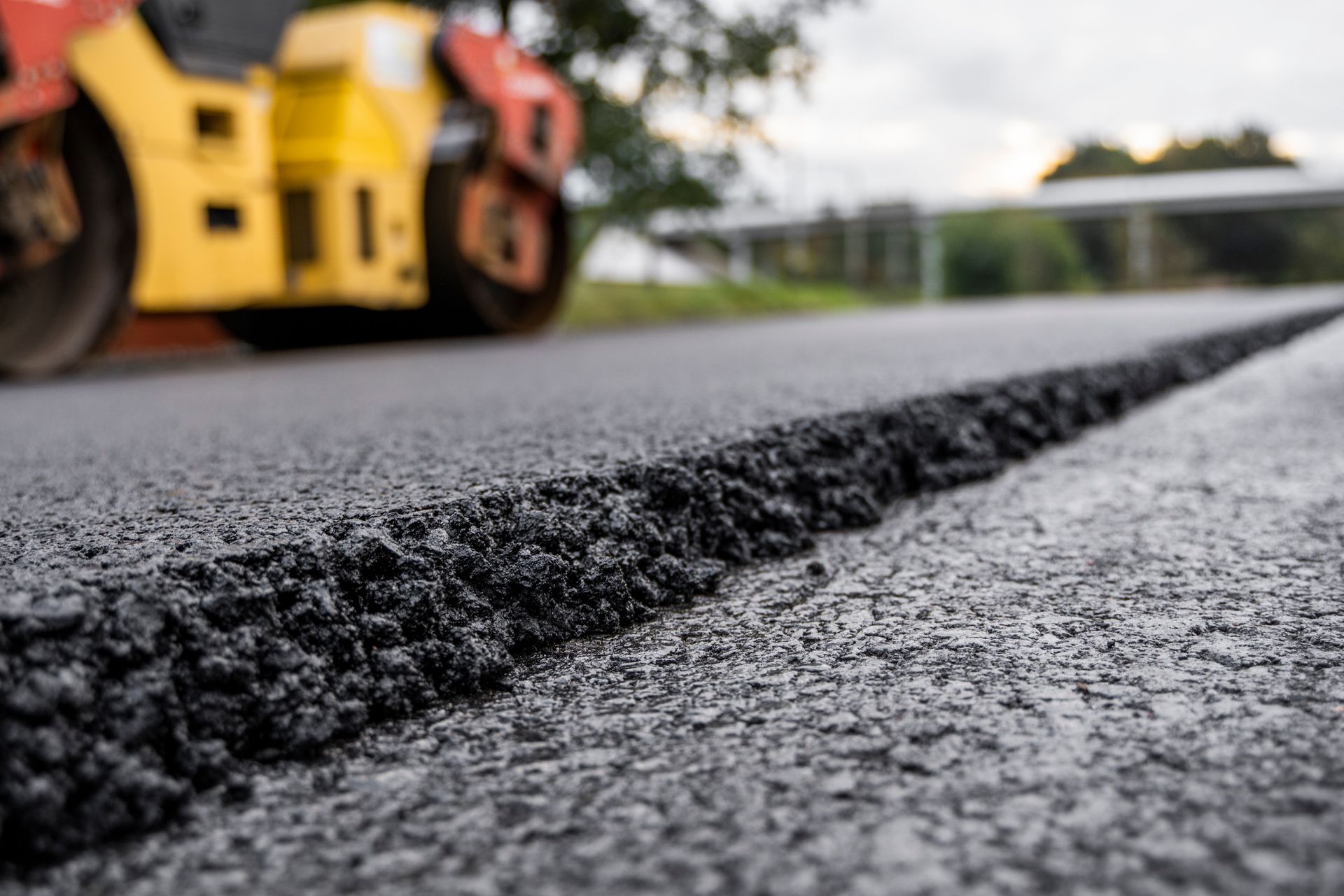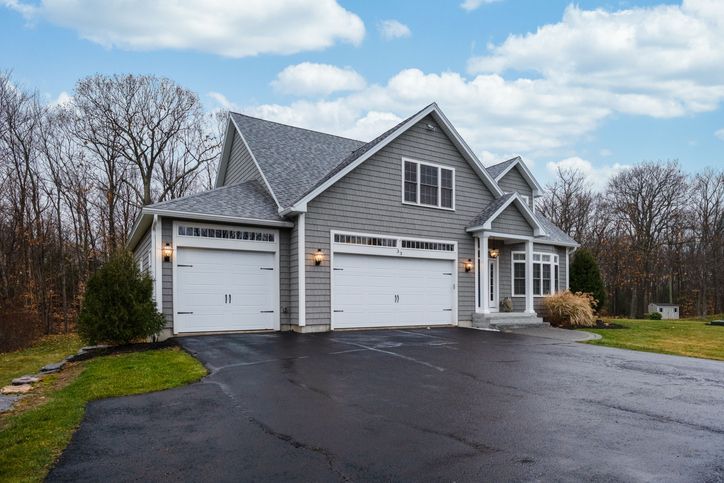Late Summer Gardening Tips: Keep Your Garden Thriving
Late summer brings unique challenges and opportunities for gardeners. As the intense heat begins to wane but temperatures remain warm, your garden needs special attention to transition smoothly into fall. Whether you're a seasoned gardener or just starting your green thumb journey, these practical tips will help you maintain a flourishing garden through late summer and set the stage for a beautiful autumn landscape.
Water Smart, Not Hard
Late summer watering requires a strategic approach. The combination of lingering heat and decreasing daylight hours means your plants have different hydration needs than they did in peak summer.
Deep, Infrequent Watering Works Best
Water your garden deeply but less frequently to encourage strong root development. Aim for one to two inches of water per week, including rainfall. Use a rain gauge or place an empty tuna can in your sprinkler's path to measure how much water you're providing.
Water early in the morning, ideally between 6-10 AM, when temperatures are cooler and winds are calmer. This timing reduces water loss through evaporation and gives plants time to absorb moisture before the day's heat peaks.
Mulch Is Your Best Friend
Apply a 2-3 inch layer of organic mulch around plants, trees, and shrubs. Mulch retains soil moisture, regulates soil temperature, and suppresses weeds that compete for water and nutrients. Good mulching materials include shredded bark, compost, or grass clippings.
Keep mulch a few inches away from plant stems and tree trunks to prevent pest problems and allow proper air circulation.
Pruning for Late Summer Success
Strategic pruning during late summer helps plants redirect energy toward root development and flower production while preparing them for dormancy.
What to Prune Now
Remove spent flowers (deadheading) from annuals and perennials to encourage continued blooming. Cut back leggy herbs like basil, oregano, and thyme to promote bushy growth and prevent flowering, which can make leaves bitter.
Prune summer-blooming shrubs like hydrangeas, weigela, and spirea immediately after they finish flowering. This gives them time to develop next year's flower buds before winter dormancy begins.
What to Avoid Pruning
Don't prune spring-flowering shrubs like lilacs, forsythia, or azaleas now, as they've already set next year's flower buds. Heavy pruning of trees should also wait until the dormant season to avoid stimulating new growth that won't have time to harden off before frost.
Planting Fall Crops for Extended Harvest
Late summer is prime time for planting cool-season crops that will provide fresh produce well into fall and even winter in milder climates.
Fast-Growing Vegetables
Plant quick-maturing vegetables that can handle cooler temperatures. Radishes mature in just 30 days, while lettuce, spinach, and arugula are ready to harvest in 45-60 days. These crops actually taste sweeter when grown in cooler weather.
Start seeds for Asian greens like Bok Choy, mizuna, and tatsoi, which thrive in the temperature swings of early fall. Bush beans can still be planted in many regions for a late harvest before the first frost.
Cool-Season Root Vegetables
Plant carrots, beets, turnips, and rutabagas now for harvest in late fall. These vegetables improve in flavour after exposure to light frost, which converts starches to sugars.
Calculate your first expected frost date and count backwards to ensure crops have enough time to mature. Most seed packets provide "days to maturity" information to help with planning.
Cover Crops for Soil Health
Consider planting cover crops like crimson clover, winter rye, or buckwheat in areas where summer crops have finished producing. Cover crops prevent soil erosion, suppress weeds, and add organic matter when tilled under in spring.
Preparing Your Garden for Autumn
Late summer preparation sets the foundation for a smooth transition into fall and successful spring growth.
Soil Care and Improvement
Test your soil pH and nutrient levels using a home test kit or professional soil analysis. Late summer is an excellent time to amend soil with compost, aged manure, or other organic matter, giving materials time to decompose and integrate before winter.
Add lime to acidic soils or sulfur to alkaline soils based on your test results. These amendments work slowly, so applying them now gives them time to adjust soil pH before spring planting.
Pest and Disease Management
Scout your garden regularly for signs of late-season pest problems. Aphids, spider mites, and whiteflies often surge in late summer as their predators decline. Use insecticidal soap or horticultural oil for organic control options.
Remove diseased plant material immediately and dispose of it in the trash, not your compost pile. Clean up fallen fruit from trees to prevent pest overwintering and disease cycles.
Lawn Care Considerations
Late summer is ideal for overseeding thin areas of your lawn and applying fall fertilizer. Cool-season grasses like fescue, bluegrass, and ryegrass benefit from seeding in late August through early September when soil temperatures are warm but air temperatures are cooling.
Planning Your Landscape Infrastructure
While tending to plants is crucial, don't overlook the hardscape elements that support your garden's function and beauty. Proper pathways, drainage solutions, and structural elements make garden maintenance easier and extend your outdoor living season.
Professional Landscaping Support
Creating a truly exceptional garden often requires professional expertise, especially for infrastructure improvements like pathways, patios, and drainage systems. Hamilton Pro Asphalt brings decades of experience to residential landscaping projects, combining technical expertise with an understanding of
how hardscape elements can enhance your garden's beauty and functionality.
Their team specializes in creating durable, attractive surfaces that complement plantings while providing practical solutions for garden access and maintenance. Whether you need a new pathway to showcase your fall plantings or improved drainage to protect your landscape investment, professional installation ensures long-lasting results.
Seasonal Maintenance Planning
Late summer is perfect for evaluating your garden's infrastructure needs before winter weather arrives. Consider which areas need better drainage, where additional pathways would improve access, or how new hardscape elements could enhance your outdoor space.
Planning these improvements now allows you to complete projects during ideal weather conditions and have everything ready for next year's growing season.
Extending the Growing Season
Smart gardening techniques can help you maximize your late summer harvest and extend productivity well into fall.
Row Covers and Cold Frames
Invest in lightweight row covers or construct simple cold frames to protect tender crops from early frost. These tools can extend your harvest by several weeks and allow you to grow cool-season crops even in colder climates.
Floating row covers made from spun fabric allow light and water through while providing 2-4 degrees of frost protection. Remove covers during warm days to prevent overheating and allow pollinator access to flowering crops.
Succession Planting Strategies
Continue succession planting of quick-growing crops every 10-14 days through late summer. This technique ensures continuous harvests rather than all crops maturing simultaneously.
Focus on crops that handle temperature fluctuations well, such as lettuce, spinach, and radishes. In mild climates, you can succession plant through early fall for winter harvests.
Looking Ahead to Next Year
Late summer garden care isn't just about the current season – it's about setting yourself up for success next year.
Seed Saving and Selection
Collect seeds from your best-performing plants for next year's garden. Allow fruits and vegetables to fully ripen before harvesting seeds, then clean and dry them thoroughly before storing in labelled envelopes. Keep notes about which varieties performed well in your garden's specific conditions. This information becomes valuable for making planting decisions next spring.
Garden Journal Updates
Document what worked well this season and what you'd like to change. Note which plants thrived in specific locations, when first and last frosts occurred, and any pest or disease issues you encountered. This information helps you make better decisions about crop rotation, planting timing, and variety
selection for future seasons.
Late summer gardening requires a balance of maintenance, preparation, and forward-thinking planning. By focusing on innovative watering practices, strategic pruning, timely fall plantings, and proper infrastructure, you'll keep your garden productive and beautiful through the seasonal transition.
Remember that successful gardening combines plant knowledge with solid foundational elements. When you're ready to enhance your landscape with professional hardscaping solutions that complement your gardening efforts, Hamilton Pro Asphalt offers the expertise and quality workmanship to bring your vision to life.
Start implementing these late summer tips now, and you'll enjoy continued harvests, healthier plants, and a garden that's perfectly prepared for whatever the changing seasons bring. Your future self will thank you for the time invested in late summer garden care.
